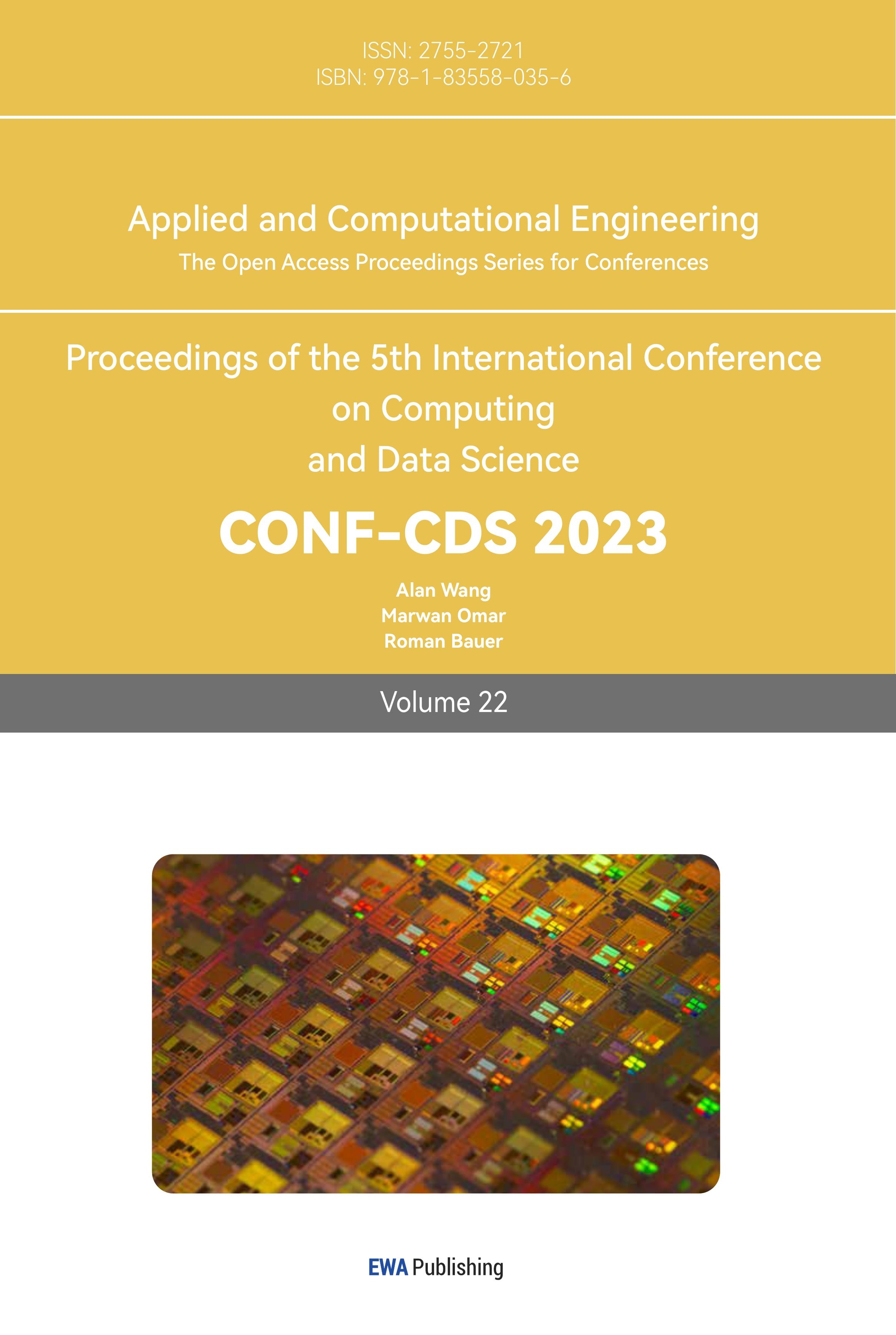References
[1]. Klein C Høj J Machlica G 2021 The impacts of the COVID-19 crisis on the automotive sector in Central and Eastern European Countries.
[2]. Černá I Éltető A Folfas P et al 2022 GVCs in Central Europe: A perspective of the automotive sector after COVID-19.
[3]. Behrad F Abadeh M S 2022 An overview of deep learning methods for multimodal medical data mining Expert Systems with Applications 117006.
[4]. Yu Q Wang J Jin Z et al 2022 Pose-guided matching based on deep learning for assessing quality of action on rehabilitation training Biomedical Signal Processing and Control vol 72 103323.
[5]. Chen L Pelger M Zhu J 2023 Deep learning in asset pricing Management Science.
[6]. Obthong M et al 2020 A survey on machine learning for stock price prediction: algorithms and techniques In 2nd International Conference on Finance, Economics, Management and IT Business Vienna House Diplomat Prague, Prague, Czech Republic pp 63-71.
[7]. Nikou M et al 2019 Stock price prediction using deep learning algorithm and its comparison with machine learning algorithms. Intelligent Systems in Accounting, Finance and Management, 26(1) pp 22-42.
[8]. Teo B G 2021 Stock Prices Prediction Using Long Short-Term Memory (LSTM) Model in Python (Medium) Retrieved from https://medium.com/the-handbook-of-coding-in-finance/stock-prices-prediction-using-long-short-term-memory-lstm-model-in-python-734dd1ed6827.
[9]. Krogh A 2008 What are artificial neural networks? Nature biotechnology vol 26(2) pp 195-197.
[10]. Zou J Han Y So S S 2009 Overview of artificial neural networks Artificial neural networks: methods and applications pp 14-22.
Cite this article
Peng,Y. (2023). Prediction and investigation of stock price related to China’s new energy vehicles after the opening of the pandemic based on the LSTM model. Applied and Computational Engineering,22,176-182.
Data availability
The datasets used and/or analyzed during the current study will be available from the authors upon reasonable request.
Disclaimer/Publisher's Note
The statements, opinions and data contained in all publications are solely those of the individual author(s) and contributor(s) and not of EWA Publishing and/or the editor(s). EWA Publishing and/or the editor(s) disclaim responsibility for any injury to people or property resulting from any ideas, methods, instructions or products referred to in the content.
About volume
Volume title: Proceedings of the 5th International Conference on Computing and Data Science
© 2024 by the author(s). Licensee EWA Publishing, Oxford, UK. This article is an open access article distributed under the terms and
conditions of the Creative Commons Attribution (CC BY) license. Authors who
publish this series agree to the following terms:
1. Authors retain copyright and grant the series right of first publication with the work simultaneously licensed under a Creative Commons
Attribution License that allows others to share the work with an acknowledgment of the work's authorship and initial publication in this
series.
2. Authors are able to enter into separate, additional contractual arrangements for the non-exclusive distribution of the series's published
version of the work (e.g., post it to an institutional repository or publish it in a book), with an acknowledgment of its initial
publication in this series.
3. Authors are permitted and encouraged to post their work online (e.g., in institutional repositories or on their website) prior to and
during the submission process, as it can lead to productive exchanges, as well as earlier and greater citation of published work (See
Open access policy for details).
References
[1]. Klein C Høj J Machlica G 2021 The impacts of the COVID-19 crisis on the automotive sector in Central and Eastern European Countries.
[2]. Černá I Éltető A Folfas P et al 2022 GVCs in Central Europe: A perspective of the automotive sector after COVID-19.
[3]. Behrad F Abadeh M S 2022 An overview of deep learning methods for multimodal medical data mining Expert Systems with Applications 117006.
[4]. Yu Q Wang J Jin Z et al 2022 Pose-guided matching based on deep learning for assessing quality of action on rehabilitation training Biomedical Signal Processing and Control vol 72 103323.
[5]. Chen L Pelger M Zhu J 2023 Deep learning in asset pricing Management Science.
[6]. Obthong M et al 2020 A survey on machine learning for stock price prediction: algorithms and techniques In 2nd International Conference on Finance, Economics, Management and IT Business Vienna House Diplomat Prague, Prague, Czech Republic pp 63-71.
[7]. Nikou M et al 2019 Stock price prediction using deep learning algorithm and its comparison with machine learning algorithms. Intelligent Systems in Accounting, Finance and Management, 26(1) pp 22-42.
[8]. Teo B G 2021 Stock Prices Prediction Using Long Short-Term Memory (LSTM) Model in Python (Medium) Retrieved from https://medium.com/the-handbook-of-coding-in-finance/stock-prices-prediction-using-long-short-term-memory-lstm-model-in-python-734dd1ed6827.
[9]. Krogh A 2008 What are artificial neural networks? Nature biotechnology vol 26(2) pp 195-197.
[10]. Zou J Han Y So S S 2009 Overview of artificial neural networks Artificial neural networks: methods and applications pp 14-22.









